- info@naturebylennart.com

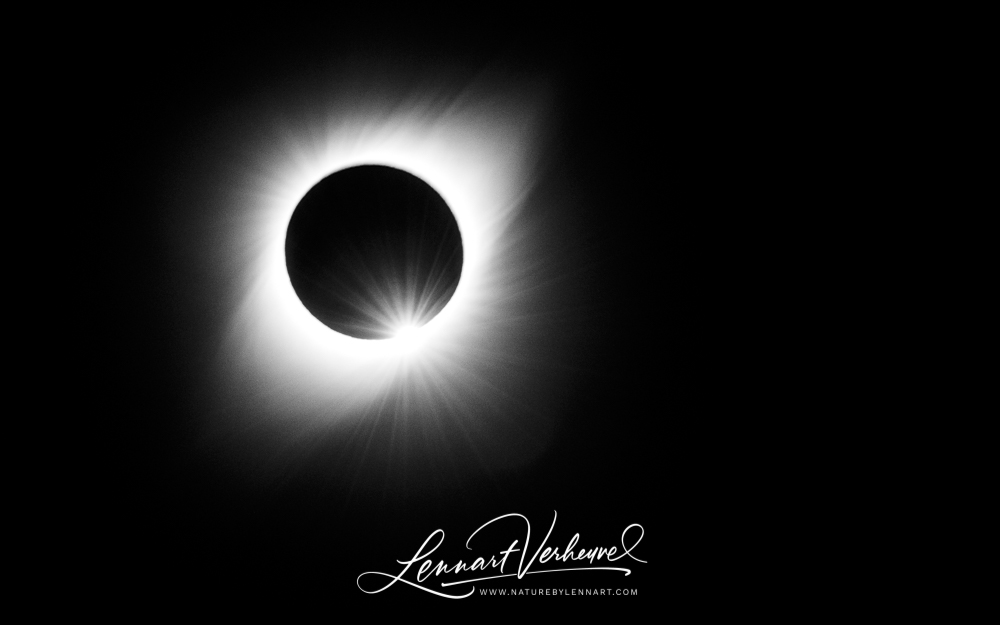
After a couple of great weeks in Patagonia we are back in Santiago. Not that there is much to be seen here: the real spectacle is still 500 kilometres away! I had already quite firmly set the schedule for my trip when I suddenly found out that on July the 2nd there would be a solar eclipse in Chile. Since experiencing a solar eclipse sounded like a really cool thing to do, I tried to fit it in. Since Chile is such an enormous country this required careful planning.
The plan became to first fly from the capital Santiago to Punta Arenas in order to visit Torres del Paine and Tierra del Fuego, then take a plane to the island Chiloé and after that take a plane back to Santiago. From there it was still another 500 kilometres driving to the actual location of the solar eclipse: the city La Serena. Since the weather in Patagonia can be so bad it forces planes to stay on the ground we were a bit nervous about that, but luckily the weather was perfect.
So without any delay we touched down on the airstrip of Comodoro Arturo Merino Benítez International Airport. Getting our rental car is a bigger challenge. It seems like the whole world has descended in Santiago to watch the solar eclipse. While we wait in the queue for our rental car we have time to get a pizza and eat the whole thing. After that we experience some trouble with our creditcards, but finally we acquire our key. Then it takes a bit of searching to find our rental car, but eventually we find it. Ready to depart! We still have five hundred kilometres ahead of us.
A full solar eclipse can only be seen in a relatively small area (unlike a lunar eclipse), so you need to be exactly in the right spot. The city of La Serena is right in the ‘hot zone’ so that’s where the masses go. We do the same thing. Since the solar eclipse will be in the next morning we still have plenty of time to get there with our rental car. Along the way we see a lot of hitchhikers who are hoping to get a ride to La Serena, but with so much competition it will probably be difficult for all of them to get there on time. A solar eclipse requires a bit of planning!
When we reach the city it’s already dark. Our next challenge is finding a place to sleep. Solar eclipse tourists have occupied the town! We finally find a hotel with rooms available but four hundred dollars a night is not within our budget. Still, we keep looking and right outside the city we strike gold. We find some kind of bungalow park which is not on any online maps, but turns out to be some vacation park that has just been built. For a small price we get a whole bungalow for the night and a decent meal. We can’t complain about the first stage!
The next morning we leave early, but are unpleasantly surprised that the road that leads up to the main road has been closed. Luckily we find another small road that takes us to the main road. On the road we see how the mountain slopes are covered with literally thousands of cars.
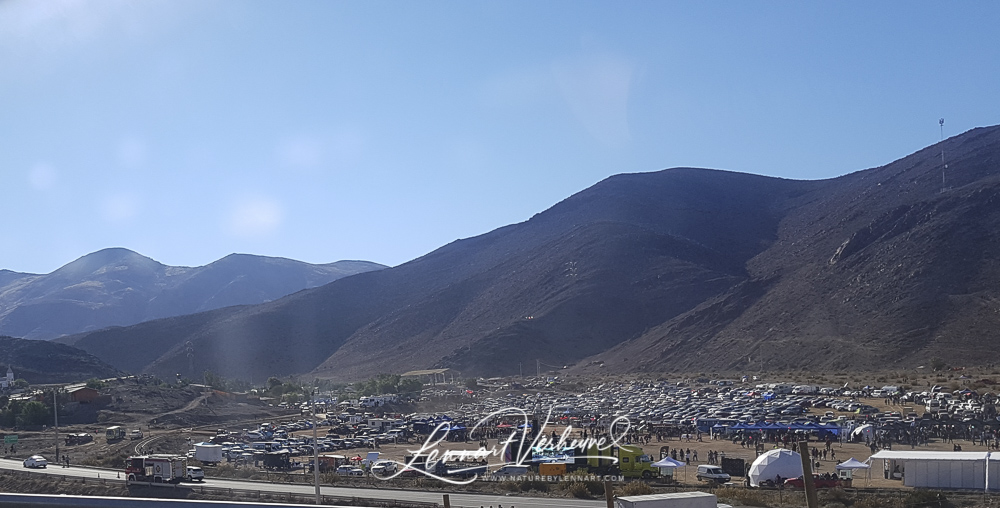
Our goal is La Silla. This is an observatory that has been built for watching stars so it should be excellent to see the solar eclipse. When we finally reach La Silla it turns out it can only be accessed by people carrying a pre-bought ticket. Those tickets were sold out a year ago.. Later we see the helicopter of the president of Chile flying to the place and apparently also Mark Zuckerberg and Bill Gates were present. But they’ve also arranged something nice for commoners! It’s pretty much a festival!
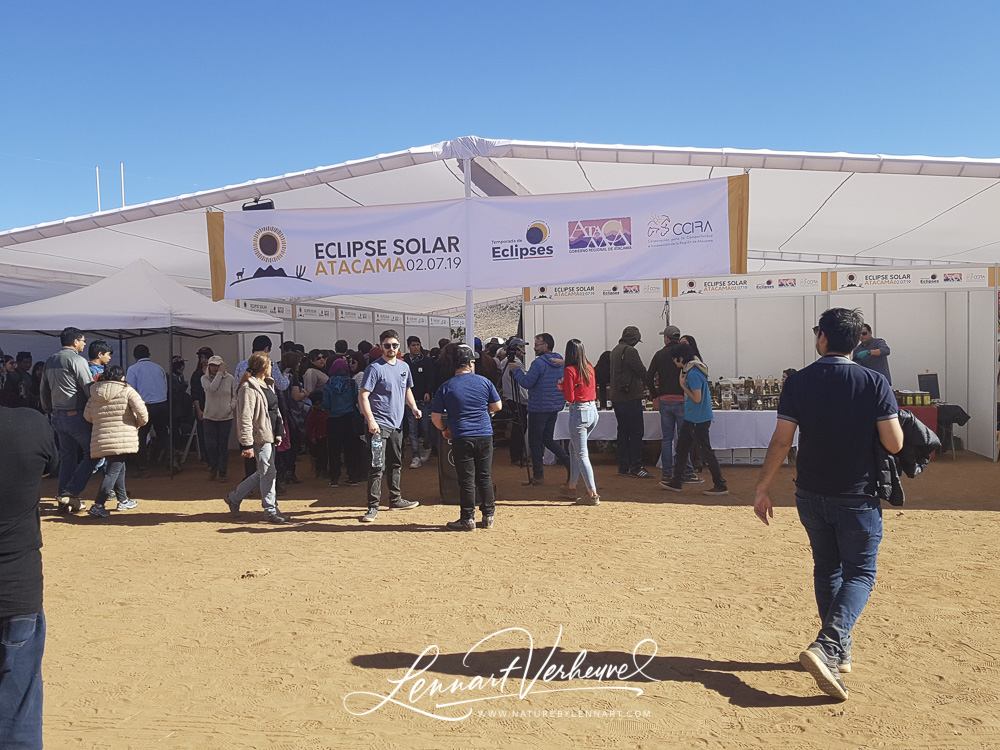
We still are at an altitude of 2000 meters in the Atacama desert with a great view in all directions so it looks like we are perfectly set up for the eclipse.
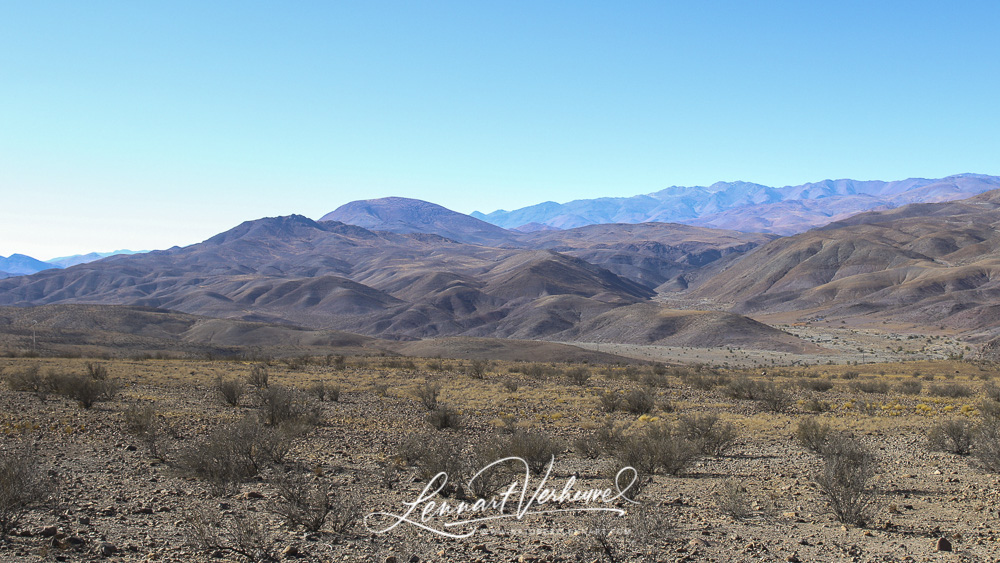

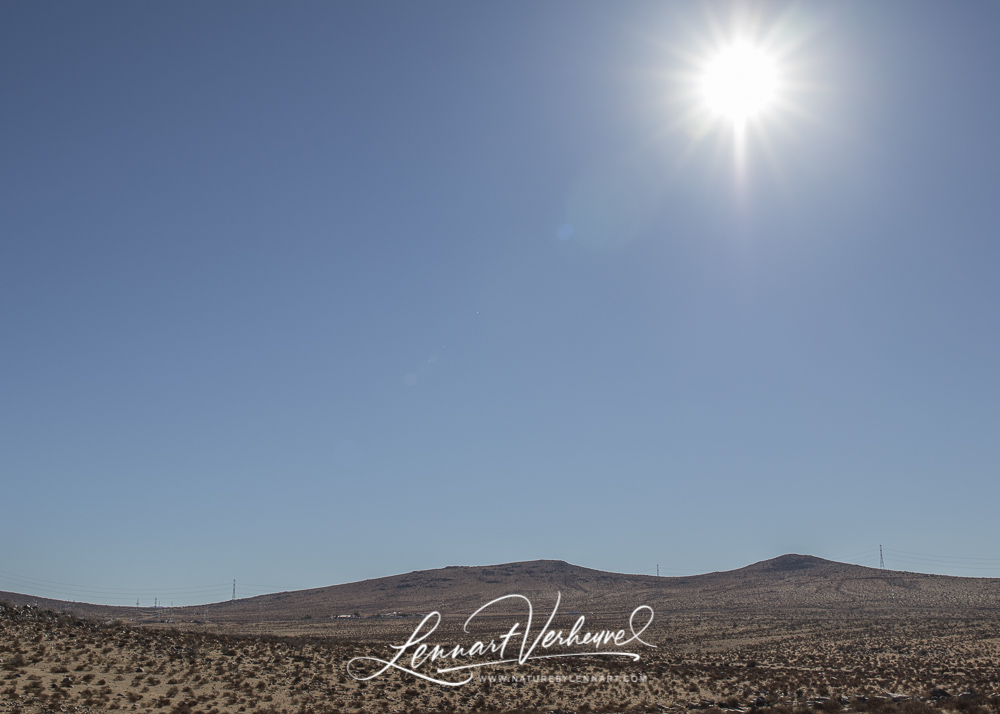
While we wait for that to happen we kill some time by looking around a bit. There a lots of things to see here, there is even a circus present!
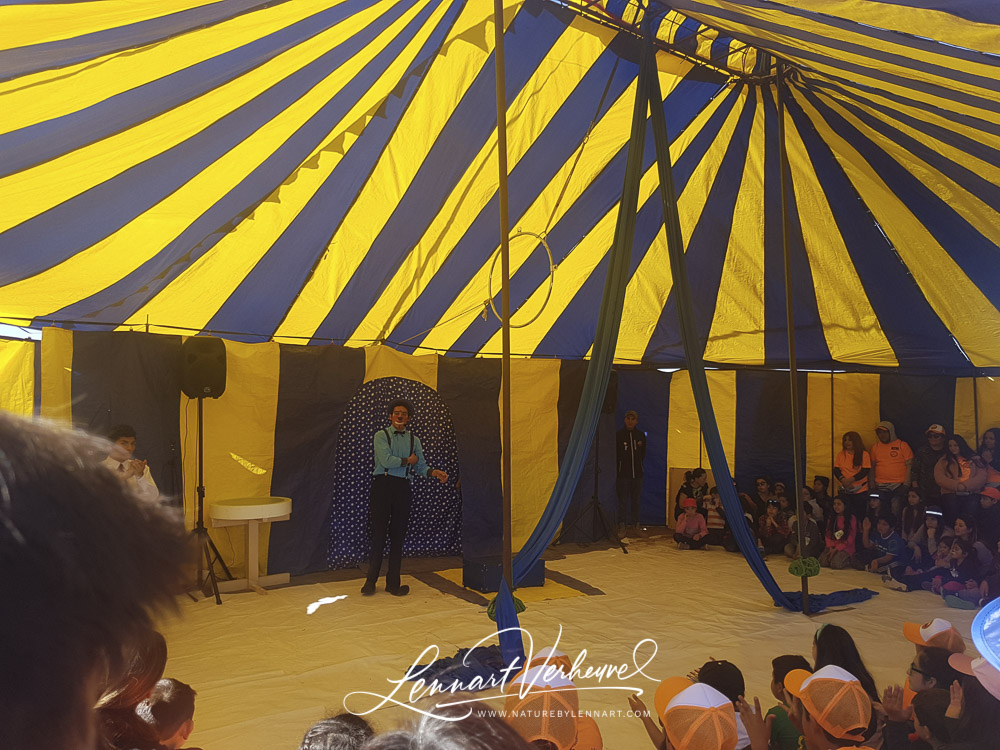
Right in the middle of the terrain a tent has been erected with a big screen showing a clock counting down to zero. Also there is music being played there.
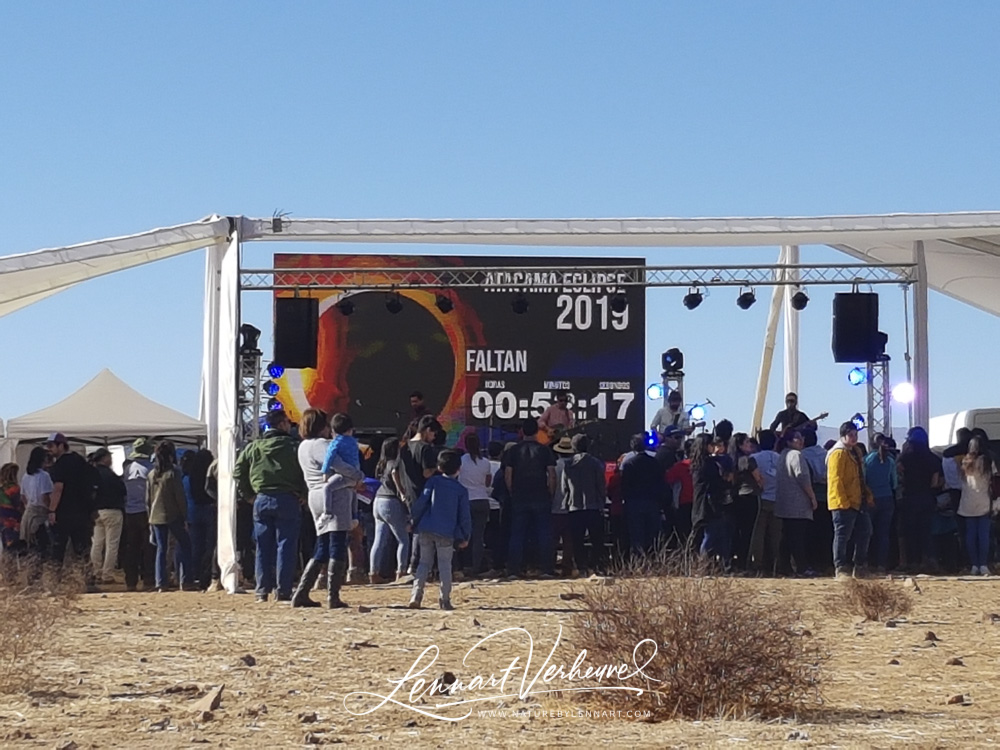
About ten minutes before the eclipse starts, I find myself a place a couple of hundred meters in front of the crowd. Camera on the tripod and the final wait begins! When the moon starts to go in front of the sun it’s not really noticeable. The lighting appear to be just as bright, but with the special glasses for the eclipse it’s easy to watch the progress. The shadows are getting longer.
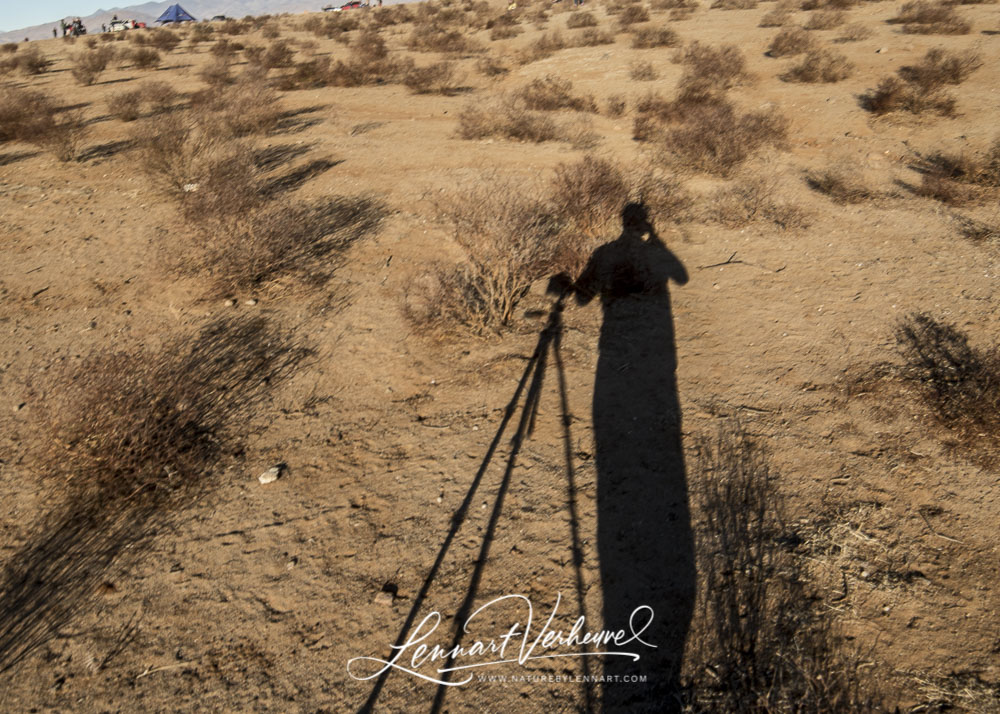
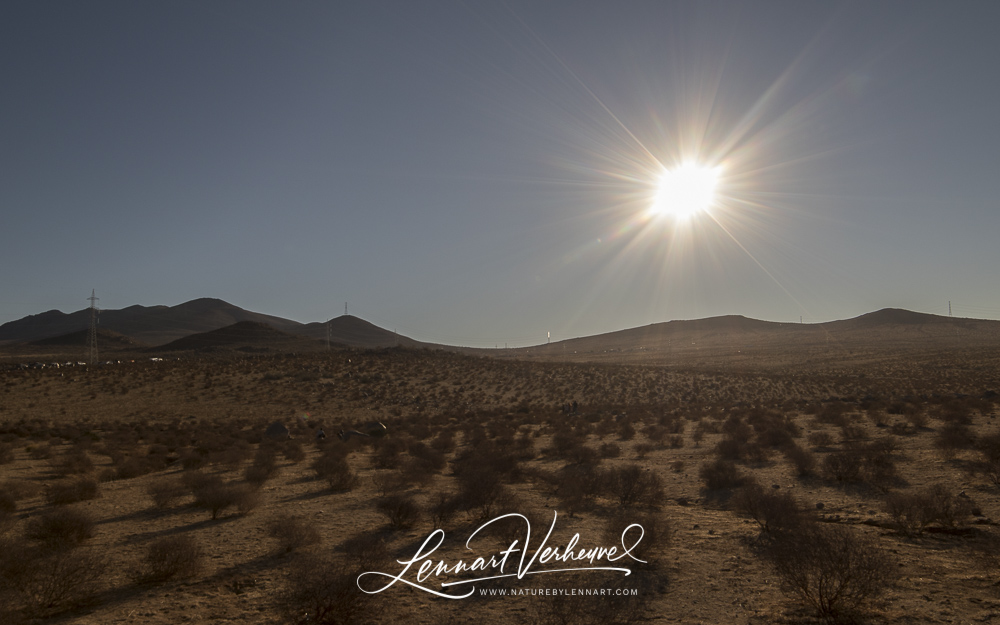
Gradually it gets darker and darker and the shadows get longer and longer. For a moment the moon is clearly visible with the naked eye like we usually see it at night and then it all hapens really fast. A shadow moves over the earth. The last rays of sunlight disappear. There it is! It truly is indescribable what can be seen then and how that feels. The music and the great surroundings certainly also play their part. This is something everyone should witness for themselves because getting a good photo of this is not possible. The sun has a beautiful and very special blue colour with a very thin white edge around it. The sky has a dark blue colour and stars are visible.
It lasts about two minutes, but those pass by in a flash. Then suddenly the light creeps around the moon and there is light again! Without any exaggeration this was the most beautiful thing I’ve ever seen in my life and I still had the memories of the puma’s of Torres fresh in my mind! Now I finally understand what drives people to travel all across the world to see every eclipse. Literally three minutes before the full eclipse I still thought it was a bit exaggerated but then you see it! This is certainly one of those things everyone should experience at least once in their lives.
I tried document it as best I could, but showing what a solar eclipse truly looks like is still beyond the capabilities of camera’s.
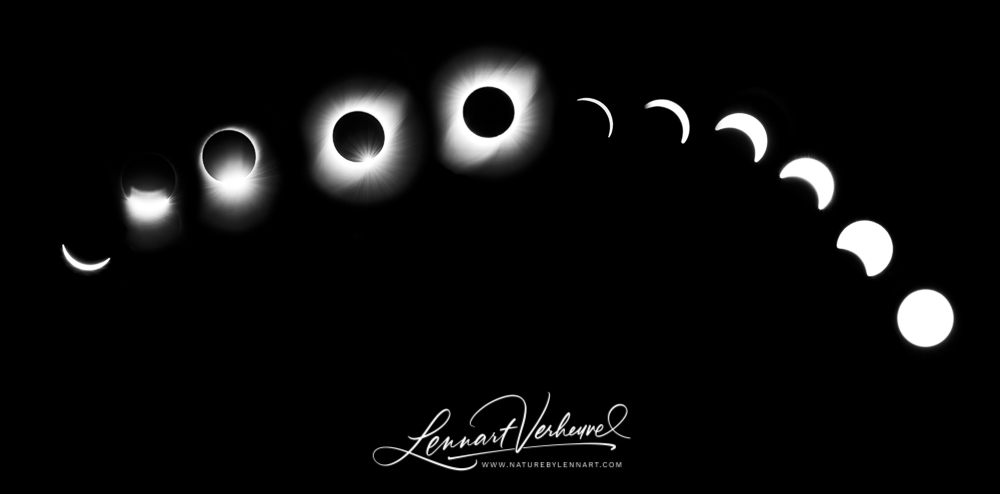
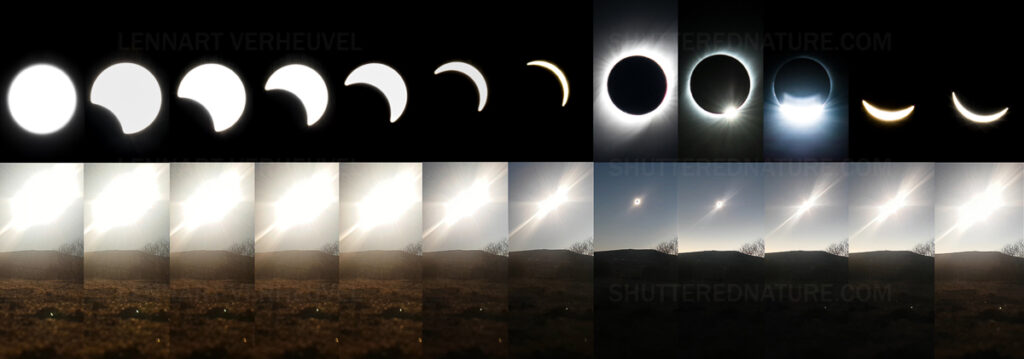
The moon has a pale blue colour with a white ring around it. To show the white ring I have to underexpose a lot, but then the blue disappears. Overexposing means the lightring is not visible anymore so in the end I like the underexposed images the best.
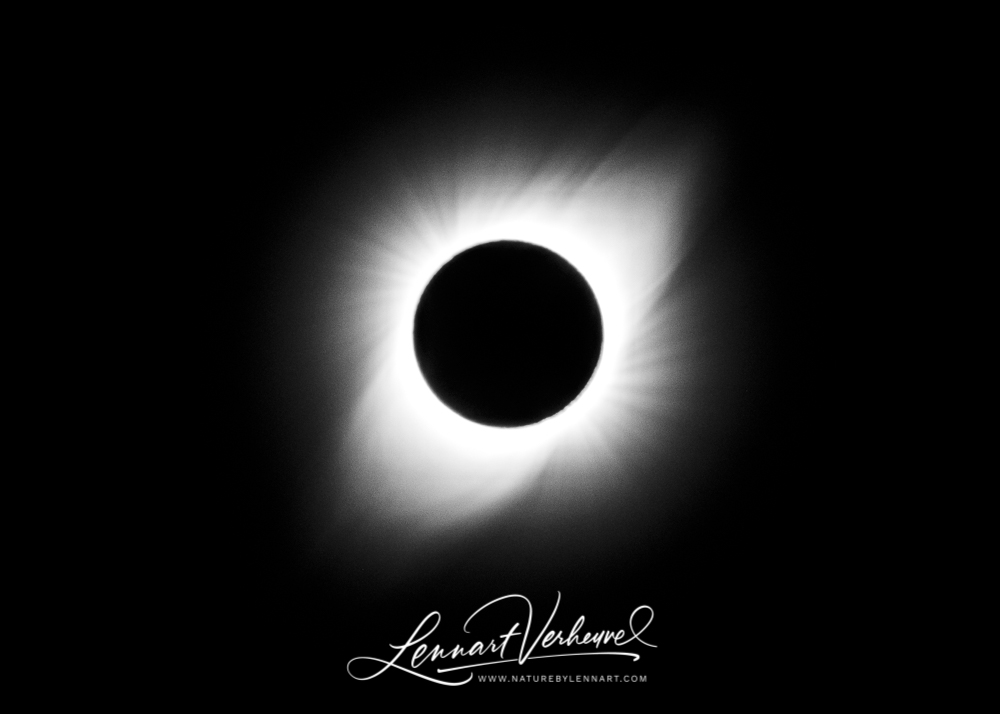

Still on the photo below I’ve done my best to come close to the real thing by editing it.

After this beautiful event we decide to leave quickly since we still have a long drive ahead of us. The drive gets even longer because thousands of cars need to get back and many traffic accidents happen.
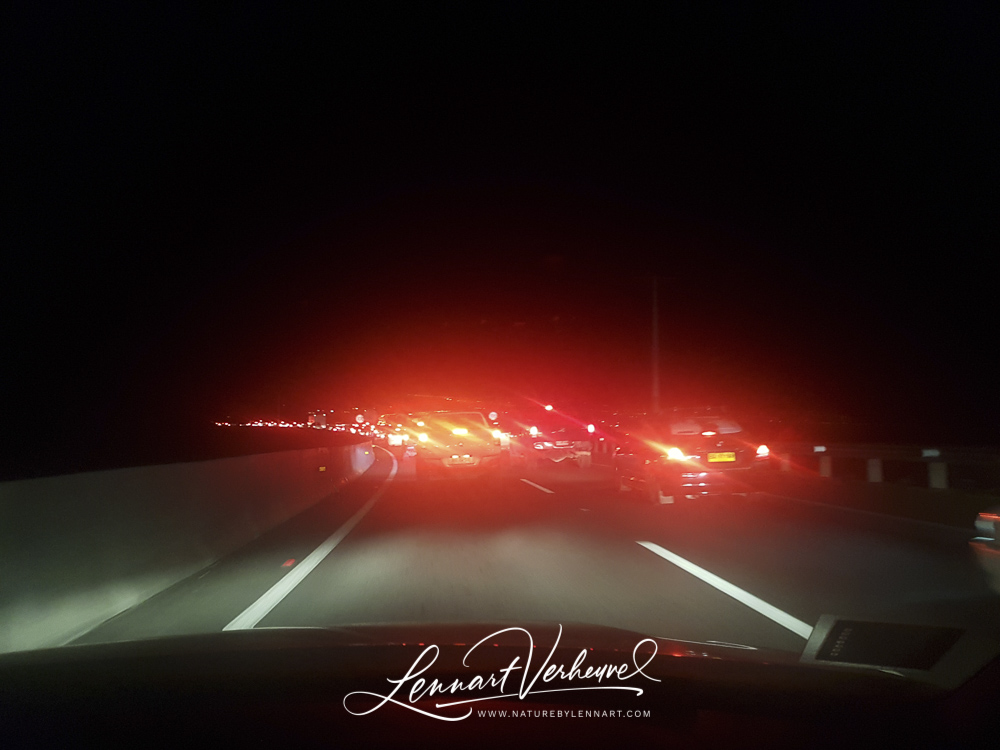
I count at least five accidents. We need five hours just to get to La Serena… When we have finally passed La Serena we find a camping where we set up a tent. It was a long day, but worth all the effort!
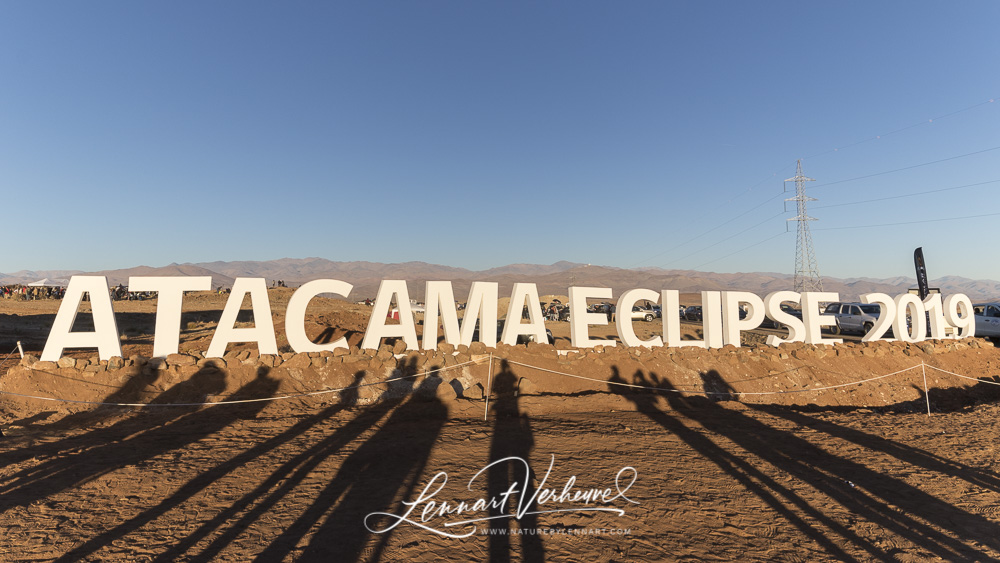
Have a look at the links below to see more from my travels through South-America:
Click here for my encounters with the Puma’s of Torres del Paine!
I also met a pair of South-American Grey Foxes in Torres del Paine, click here for the pictures.
Have a look here for Giant Otters!
For the various monkeys of Tambopata see here.
Have a look here for a photo report of Barba Azul Nature Reserve: home to the critically endangered Blue-throated Macaw and so much more!
Have a look at the various attractive birds of Patagonia here.
See here for a photo report of the extraordinary Inca Tern.
In the same category have a look at the bizarre and beautiful Andean Cock-of-the-rock!
Immerse yourself in the birds of the Amazon at a clay lick.
See here more landscape pictures from beautiful Patagonia.
And have a look at the amazing starry skies of the high Andes.
See here for a trip report.